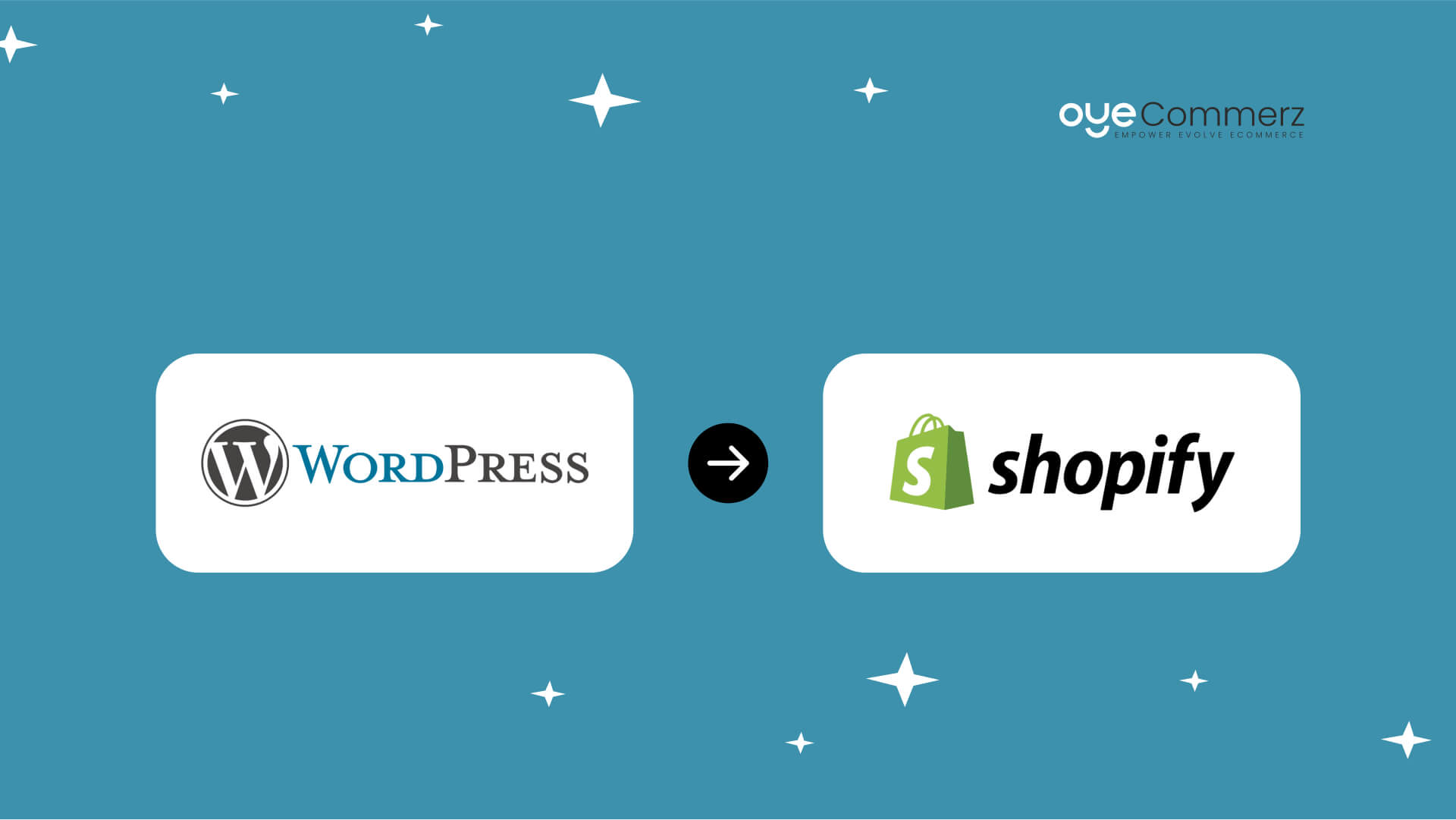An e-commerce platform's success is defined by its scalability, adaptability, and ability to offer seamless experiences to customers.
If you’re planning to migrate from WordPress to Shopify, you’re likely aiming for superior performance, greater functionality, and a more future-proof platform.
Discover the critical steps, expert tips, and proven strategies for migrating to Shopify with minimal disruptions and maximum impact.
Why Consider Moving from WordPress to Shopify?
While WordPress offers versatility, its reliance on multiple plugins often creates hurdles for scaling.
Shopify is designed specifically for online retail, offering powerful tools, security, and scalability to fit businesses of any size.
As of 2024, Shopify powers over 4.5 million online stores worldwide, solidifying its position as a leader in e-commerce.
Switching to Shopify can unlock benefits in payment integrations, mobile optimization, and order management.
Let’s dive into the key steps to migrate seamlessly.
Step 1: Evaluate Your Online Store's Requirements
Start by reviewing your store’s current performance and identifying future needs.
Highlight limitations like slow loading speeds or plugin dependencies that hinder scalability.
For example, Shopify offers integrated features like Shopify Payments and customizable themes, reducing third-party tool dependency.
Step 2: Create a Migration Plan
An unorganized migration process may cause disruptions, data mishandling, or extended delays.
Ensure a smooth transition by focusing on key areas like product inventory, customer data, and order history.
Leverage Shopify’s in-built tools and external integrations to handle data migration securely and efficiently.
Step 3: Tailor Your Shopify Experience
Shopify’s flexible themes allow you to reflect your brand identity seamlessly.
Select or customize themes from Shopify’s library to improve customer interactions.
Themes such as “Impulse” or “Prestige” deliver visually stunning layouts and powerful features.
For large-scale operations, Shopify Plus customization ensures a distinctive brand presence.
Oyecommerz provides expert Shopify Plus customization services to elevate enterprise branding.
Step 4: Migrate SEO Settings
Retaining your SEO framework during migration prevents search traffic declines.
With Shopify, you can redirect outdated URLs and retain search visibility.
Use Shopify’s built-in SEO tools to manage metadata and connect analytics platforms.
Studies show that overlooking SEO during migration often leads to a drop in site traffic.
Step 5: Leverage Shopify’s App Ecosystem
The Shopify App Store provides a wide range of applications to improve your store’s capabilities.
Enhance customer retention with tools like Klaviyo and Yotpo designed for email and review management.
Use Shopify API integrations to connect your store with external systems effortlessly.
Let Oyecommerz connect third-party solutions to your Shopify store for smoother operations.
Step 6: Ensure Mobile-Friendliness
In 2024, mobile devices account for nearly 60% of online transactions, making optimization essential.
Every Shopify theme is WordPress to Shopify features built WordPress store migration to adapt seamlessly to different screen sizes and devices.
Simplify the checkout process for mobile users with Shopify’s secure payment tools like Shop Pay.
Focus on streamlined navigation and speed to maximize mobile sales potential.
Step 7: Prepare Your Team for Shopify
Training your team to navigate Shopify ensures they maximize its features effectively.
Ensure your team knows how to handle inventory, process orders, and analyze reports.
Team training boosts confidence and efficiency in using Shopify’s advanced functionalities.
Step 8: Test Your Store Before Launch
Test your store rigorously to ensure all systems function smoothly before launching.
Check for broken links, missing redirects, and accurate product details.
Validate payment gateway functionality and test the checkout process on multiple devices.
Proper testing guarantees your customers will experience a polished and professional site from day one.
Step 9: Promote Your Migration Strategically
Turn your platform switch into a marketing event to attract attention and retain customers.
Leverage email marketing and social platforms to highlight the advantages of your upgraded store.
Showcase features like faster load times and a secure checkout to build trust and excitement.
Conclusion: Unlock New E-Commerce Potential with Shopify
Migrating from WordPress to Shopify is more than a technical change—it’s a transformative step for your business.
From scalability to intuitive tools, Shopify equips your store to thrive in competitive markets.
From small businesses to large enterprises, Shopify provides tailored solutions for all e-commerce needs.
Partnering with Oyecommerz ensures a smooth migration with minimal disruption to your operations.
Our Shopify migration services help unlock your store’s full potential while ensuring a hassle-free experience.
Take the next step in transforming your store—contact us to start your Shopify migration today.

Comments on “The Ultimate Guide to Migrating Your E-commerce Store from WordPress to Shopify”